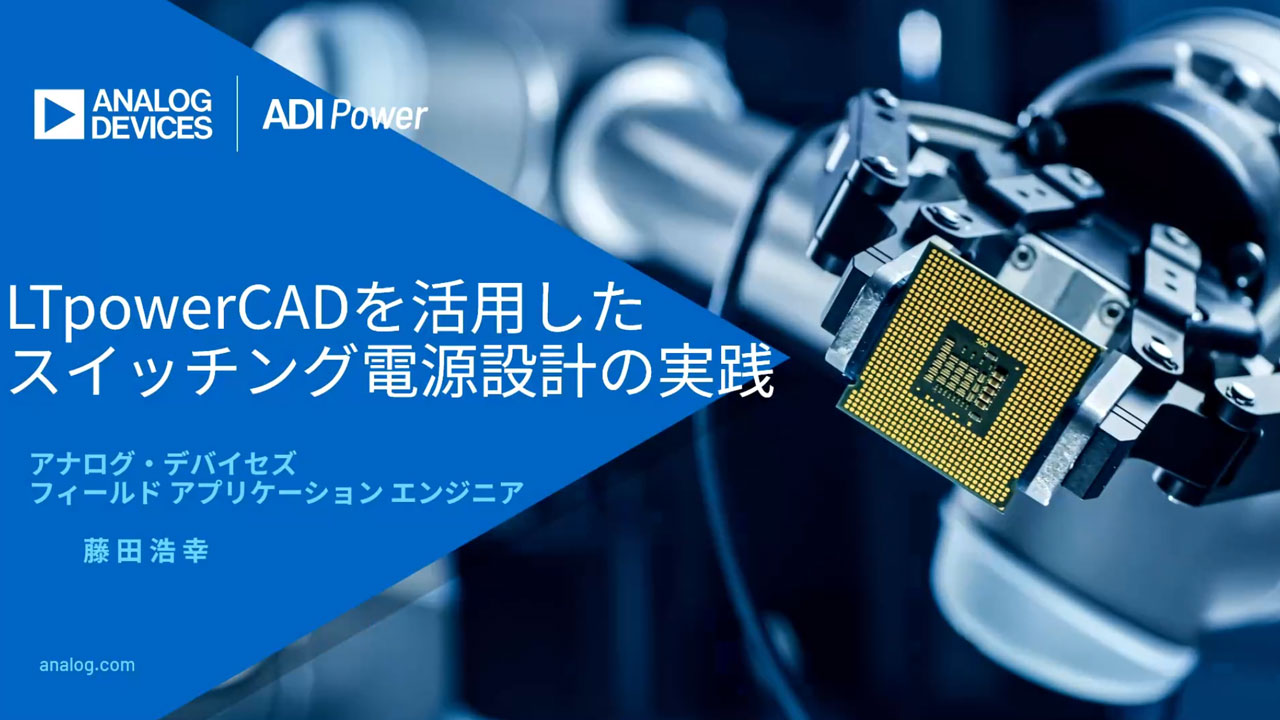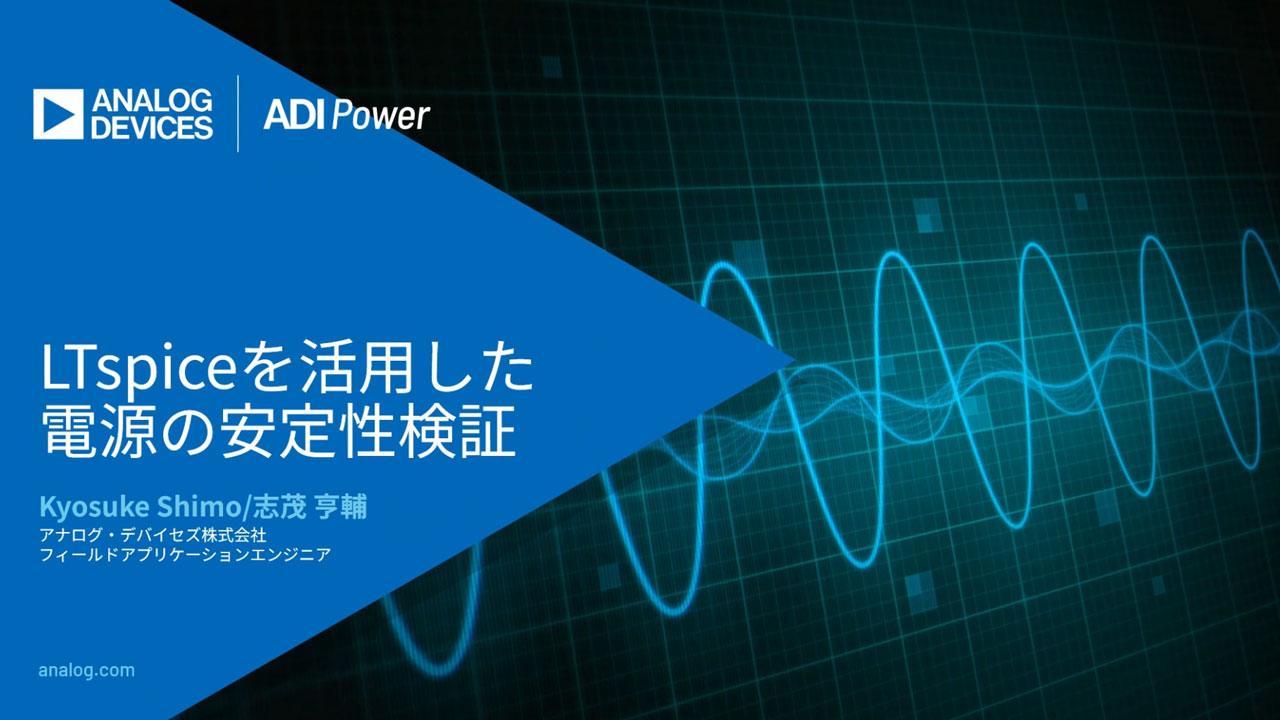Take the Easy Road to Digitally Managed Power
Introduction
Digital management of high availability power supplies holds great promise, but it often comes at the cost of complicated multichip circuit solutions. For example, an application with voltage-current monitoring and supply voltage margining can require a number of ICs, including a low-drift reference, a multichannel, differential input ADC with at least 12 bits of resolution, an 8-bit DAC, and a dedicated microcontroller. Add to this the considerable software development effort required for margining algorithms, voltage and current monitor functions, and the cost, complexity, spacious board real-estate requirements and blossoming design-debug time can deter even the most dedicated power supply designer from trying digitally managed power.
The LTC2970 simplifies the design of digitally managed power supplies by incorporating important features into one easy-to-use device: a dual power supply monitor and controller. Figure 1 shows a block diagram of the LTC2970, highlighting the following features:
- A 14-bit, differential input, ΔΣ ADC with a maximum total unadjusted error (TUE) of ±0.5% over the industrial temperature range when using the on-chip reference.
- A 7-channel ADC multiplexer with four external differential inputs, a 12V input, a 5V VDD input, and an input for the on-chip temperature sensor.
- Two continuous time, 8-bit, current output DACs with voltage buffered outputs. The outputs of the voltage buffers can be placed in a low leakage, high impedance state.
- A built-in, closed-loop servo algorithm that adjusts the point-of-load voltage of a DC/DC converter to the desired value. The range and resolution of the voltage servo is user adjustable with two external resistors.
- Extensive, user configurable overvoltage and undervoltage fault monitoring.
- An I2C and SMBus compliant 2-wire serial bus interface, two GPIO pins, and an ALERT pin.
- An on-chip, 5V, linear regulator that allows the LTC2970 to operate from an external 8V to 15V voltage supply.
- Another part in the family, the LTC2970-1, adds a tracking algorithm that allows two or more power supplies to be ramped up and down in a controlled manner.

Figure 1. Block diagram of the LTC2970.
Margining and Monitoring Application
Figure 2 shows a typical application circuit for monitoring and margining a DC/DC converter with external feedback resistors.

Figure 2. Application circuit for DC/DC converter with external feedback resistors.
The LTC2970’s VIN0_A differential inputs sense the voltage directly at the point-of-load while inputs VIN0_B monitor the voltage across sense resistor R50. The DC/DC converter’s output voltage can be margined to precise, user-programmable set points by a linear search algorithm that compares the digitized point-of-load voltage against the target. The current being sourced by IDAC0 is then adjusted as needed one LSB per servo iteration. This current develops a point-of-load ground referenced correction voltage across resistor R40 which is buffered to the VOUT0 pin. The resulting voltage differential between the VOUT0 pin and the converter’s feedback node is multiplied by a factor of –R20/R30 and added to the nominal output voltage of the DC/DC converter, thus closing the servo loop. When voltage margining is disabled, the converter’s feedback node can be isolated from the LTC2970 by placing the VOUT0 pin in a high impedance state.
Figure 3 shows the LTC2970 applied to a DC/DC converter with a TRIM pin. As in Figure 2, two external resistors are required: VOUT0 connects to the TRIM pin through resistor R30 and IOUT0 is terminated at the DC/DC converter’s point-of-load ground by R40. Following power-up, the VOUT0 pin defaults to a high impedance state allowing the DC/DC converter to power-up to its nominal output voltage. After power-up, the LTC2970’s soft-connect feature can be used to automatically find the IDAC code that most closely approximates the TRIM pin’s open-circuit voltage before enabling VOUT0.

Figure 3. Application circuit for a DC/DC converter with a trim.
Applications that need to be sequenced can be configured to hold off the DC/DC converter when the LTC2970 powers-up by tying the GPIO_CFG pin high. This causes the GPIO_0 pin to automatically pull the DC/DC converter’s RUN pin low until the SMBus compatible I2C interface releases it.
The absolute accuracy of the LTC2970 is demonstrated in Figure 4. The LTC2970 is configured to servo one of the outputs of a LTC3728 DC/DC converter to 1V if the converter’s voltage deviates by more than ±0.1%. The LTC2970 is easily able to hold the output voltage to within ±1mV of 1V while both it and the DC/DC converter are heated from –50°C to 100°C. When the LTC2970 is isolated from the LTC3728, the output voltage drifts between 1.002V and 1.0055V over the same temperature range.

Figure 4. Corrected and uncorrected DC/DC converter output voltage vs temperature.
Features
The LC2970’s features offer several benefits that differentiate it from competitive solutions:
Delta-Sigma ADC
The LTC2970’s ADC is a second-order delta-sigma modulator followed by a sinc2 digital filter that converts the modulator’s serial data into a 14-bit word at a conversion rate of 30Hz. The ADC’s TUE is less than ±0.5% when using the on-chip reference.
One advantage delta-sigma ADCs offer over conventional ADCs is on-chip digital filtering. Combined with a large over-sampling ratio (OSR = 512), this feature makes the LTC2970 insensitive to the effects of noise when sampling power-supply voltages. The LTC2970’s sinc2 digital filter provides high rejection except at integer multiples of the modulator sampling frequency, fs = 30.72kHz. Adding a simple RC lowpass filter at the input of the ADC attenuates ripple components that have the potential to alias to DC.
The ADC’s differential inputs can monitor supply voltages at the point of load and sense resistor voltages. The differential and common mode input ranges span –0.3V to 6V. With its 500µV/LSB resolution, the ADC can resolve voltages for a wide range of load current across sense resistor values of only a few milliohms. For switching power supply applications without sense resistors, measure the load current via the DC resistance of the inductor using the application circuit shown in Figure 5.

Figure 5. Network for sensing load current with inductor DCR.
The ADC inputs are also isolated from the LTC2970’s internal supply. So the user can measure differential and common mode input voltages that are greater than VDD without turning on body diodes, and no special precautions need to be taken if the LTC2970 loses power while monitoring DC/DC converter voltages powered from a different supply.
Voltage Buffered IDACs
Figure 6 illustrates how each of the LTC2970’s continuous-time IDACs connects to a DC/DC converter with an external feedback network. The servo’d correction voltage is set by resistor R40. Since R40 is terminated at the point-of-load ground, the correction voltage is insensitive to load induced ground bounce. The correction voltage is buffered to the VOUT0 pin by a unity-gain amplifier whose output can be placed in a low-leakage (<100nA), high impedance state. Resistor R30 connects the VOUT0 pin to the feedback node of the DC/DC converter. The range and resolution over which the correction voltage can move the converter’s output is adjustable via resistor R30.

Figure 6. DAC connections to DC/DC converter with an external feedback resistors.
A “soft-connect” feature allows the LTC2970 to automatically find the VOUT0 voltage that most closely approximates the DC/DC converter’s feedback node voltage before enabling the voltage buffer thus minimizing any disturbance to the converter’s output voltage.
There is no body diode from the VOUT0 pin to the LTC2970’s VDD supply, and the VOUT0 pin goes into a high impedance state when VDD drops below the LTC2970’s undervoltage lockout threshold. So no special precautions need to be taken in the event the DC/DC converter is still active when the LTC2970 powers down.
Voltage Servo
The voltage servo feature can be configured to trigger on under voltage and/or over voltage events, run continuously, or run just once. The LTC2970 relies on a simple linear search algorithm to find the IDAC code that results in an ADC input voltage that most closely corresponds to the servo target. The polarity of the servo algorithm can be programmed as inverting (default) or noninverting.
Voltage Monitor
The LTC2970 is able to perform ADC conversions on any combination of seven different input channels. Overvoltage and undervoltage threshold registers allow the user to define instantaneous and/or latched faults in the event one of the input voltages deviates outside an acceptable window. The GPIO_0 and FAULT pins can be configured to assert if a fault occurs.
Tracking Two or More Supplies with the LTC2970-1
The LTC2970-1 enables power supply tracking with the addition of a few external components. A special global address and synchronization command allow multiple LTC2970-1s to track and sequence multiple pairs of power supplies.
A typical LTC2970-1 tracking application circuit is shown in Figure 7. The GPIO_0 and GPIO_1 pins are tied directly to their respective DC/DC converter RUN/SS pins. When GPIO_CFG is pulled-up to VDD, the LTC2970-1 automatically holds off the DC/DC converters after power-up. N-channel FETs Q10 and Q11 and diodes D10 and D11 form unidirectional range switches around R30A and R31A while GPIO_CFG is high, which allow the VOUT0 and VOUT1 pins to drive the converter outputs all the way to/from ground through resistors R30B and R31B. When GPIO_CFG pulls low, FETs Q10 and Q11 turn off. R30A and R31A then combine in series with R30B and R31B for normal margin operation. The 100kΩ/0.1µF lowpass filter in series with the gates of Q10 and Q11 minimizes charge injection into the feedback nodes of the DC/DC converters when GPIO_CFG pulls low.

Figure 7. The LTC2970-1 enables supply tracking.
Conclusion
The LTC2970 dual power supply monitor and controller combines the necessary features essential for digitally managed, high availability power applications into one easy-to-use device. A multiplexed, differential input 14-bit delta-sigma and a low drift on-chip reference deliver less than ±0.5% total unadjusted error. Two continuous-time, 8-bit, voltage-buffered IDACs can also be programmed through the I2C and SMBus compatible interface to servo power-supplies to the desired voltages. Extensive, user configurable fault monitoring and a built-in servo algorithm reduce the burden on system computing resources and shorten software development time. The LTC2970 and LTC2970-1 are available in a 24-lead QFN package.




















